Hlh Disease Survival Rate
Hlh disease survival rate. Children may inherit the disease through genes. It occurs more often in babies and young children. The median overall survival was 767 months.
The median overall survival of patients with tumorassociated HLH was 14 months compared with 228 months for patients with non-tumorassociated HLH P01. But in adults many conditions can cause HLH. The presence of a malignant tumor and hypoalbuminemia were significant predictors of.
The management of adult onset HLH is challenging in part due to gaps in current state of knowledge on etiology clinical presentation diagnosis and management. Malignancy-associated HLH M-HLH refers to HLH that occurs due to malignancy or happens during cancer treatment. In 1994 the Histiocyte Society organized the first treatment protocol for HLH HLH-94 which dramatically increased this survival rate to 54 percent with a median follow-up of six years.
The combined mortality rate for all studies was 4199 95 confidence interval CI 36 49. Even with treatment only 21-26 are expected to. The etoposide-based treatment protocol HLH-94 consisted of 8 weeks of induction therapy and subsequent continuation therapy until hematopoietic stem cell transplantation HSCT for patients with familial relapsing or severe and persistent HLH.
All forms of HLH including cases treated adequately may have a high mortality rate. With a mortality rate of approximately 40 the HLH patient is often critically ill with progressive multiple-organ failure requiring the resources of an intensive care unit. It resulted in a 5-year survival rate of 54 a remarkable achievement.
This is called familial HLH. More recent studies have shown that the HLH-94 protocol resulted in an overall survival rate of 55. Familial HLH accounts for about 25 of cases and families pass down the condition.
5 Nevertheless 29 of patients died before HSCT and 19 displayed late. Thus it is essential to support the vital functions of the patient while identifying and subsequently eliminating possible HLH triggers for example chemotherapy for a lymphoma or antibiotics for an infection.
The presence of a malignant tumor and hypoalbuminemia were significant predictors of.
The etoposide-based treatment protocol HLH-94 consisted of 8 weeks of induction therapy and subsequent continuation therapy until hematopoietic stem cell transplantation HSCT for patients with familial relapsing or severe and persistent HLH. But it can also occur in adults. With a mortality rate of approximately 40 the HLH patient is often critically ill with progressive multiple-organ failure requiring the resources of an intensive care unit. If left untreated patients with HLH survive for only a few months due to progressive multi-organ failure. The median overall survival of patients with tumorassociated HLH was 14 months compared with 228 months for patients with non-tumorassociated HLH P01. 5 Nevertheless 29 of patients died before HSCT and 19 displayed late. The median overall survival was 767 months. Before the introduction of modern HLH treatment modalities the 1-year survival in FHLH was close to 0 Arico et al. Hemophagocytic lymphohistiocytosis HLH is a rare immune system disease.
Malignancy-associated HLH M-HLH refers to HLH that occurs due to malignancy or happens during cancer treatment. The HLH-94 protocol drastically improved the nearly uniformly fatal outcome in pediatric HLH to a long-term survival 50. In 1994 the Histiocyte Society organized the first treatment protocol for HLH HLH-94 which dramatically increased this survival rate to 54 percent with a median follow-up of six years. A novel immunomodulatory agent such as ruxolitinib offers a rational therapy that can be used instead of or in some cases in addition to other HLH-directed therapies such as etoposide. This is called acquired HLH. If left untreated patients with HLH survive for only a few months due to progressive multi-organ failure. 3 The HLH-94 protocol consists of corticosteroids typically dexamethasone cyclosporine A CSA intrathecal therapy and etoposide to delete activated T cells and suppress inflammatory cytokine production.



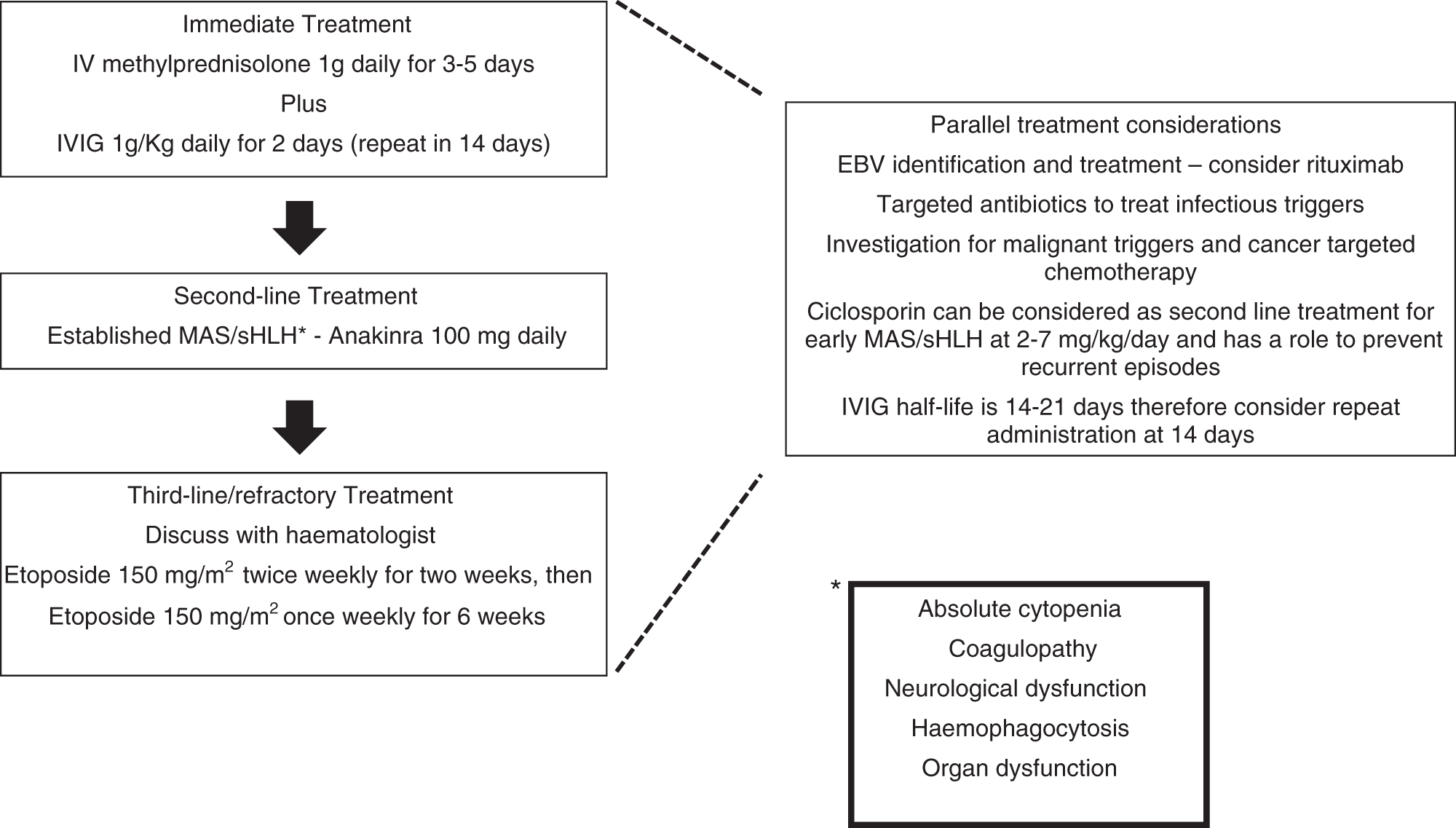

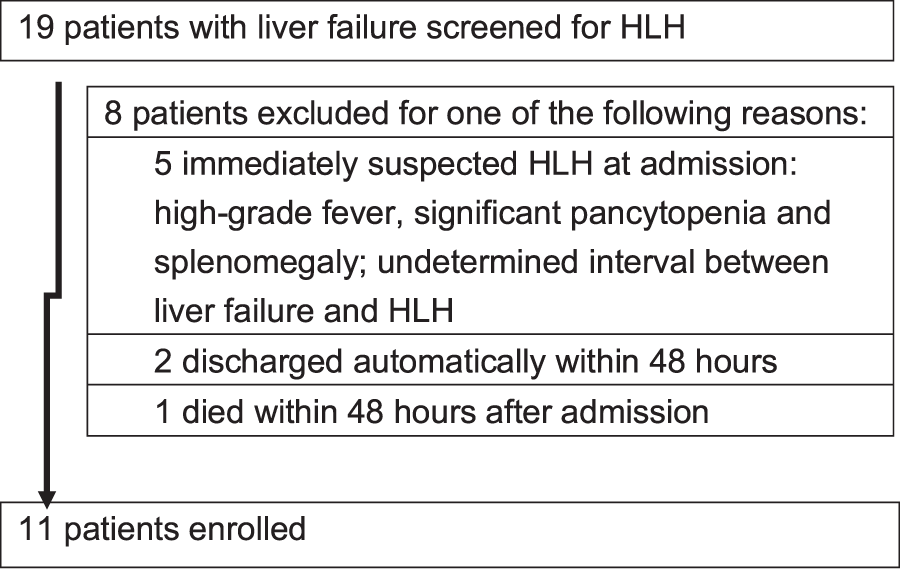

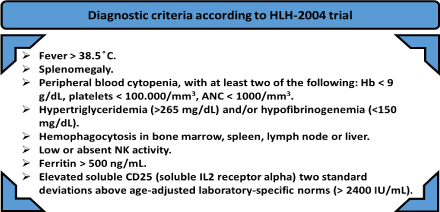




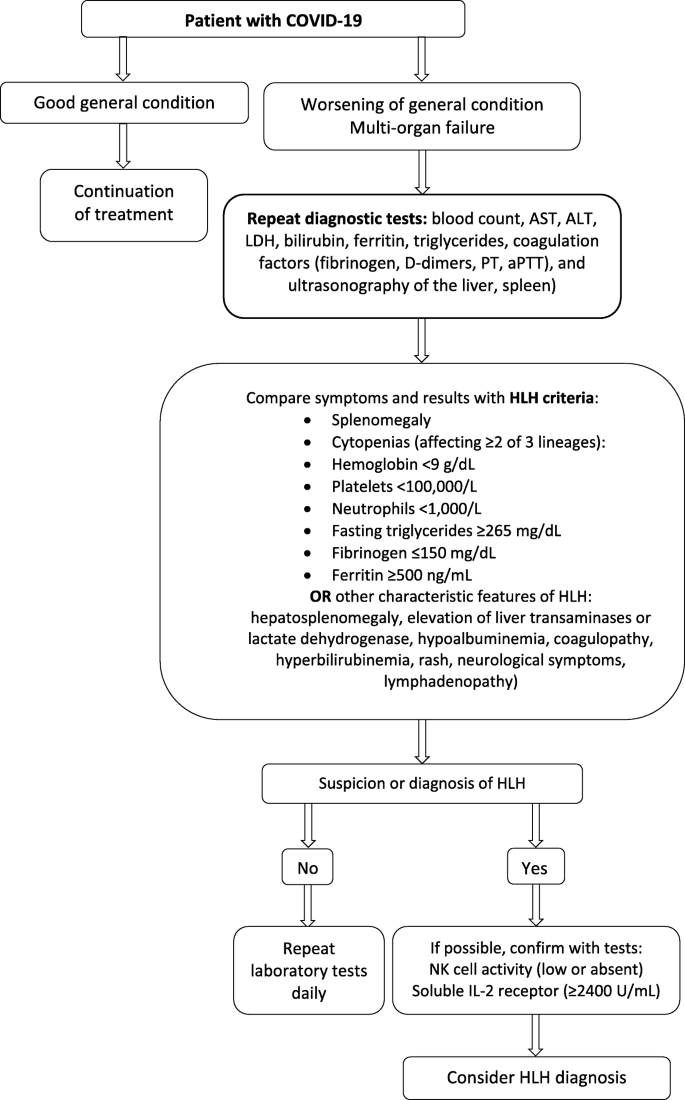

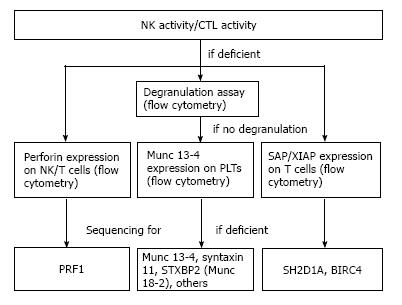
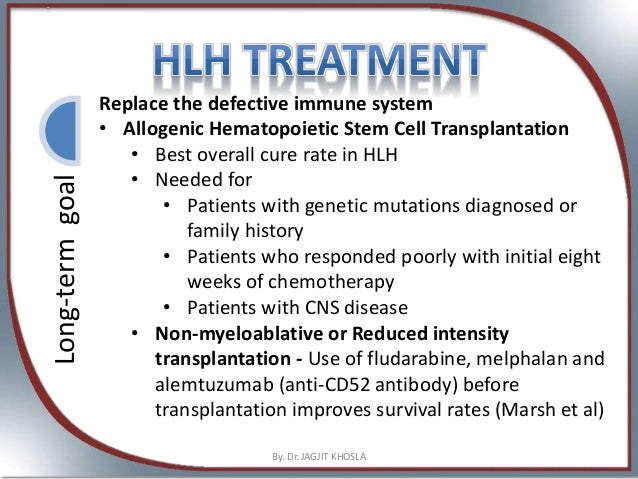

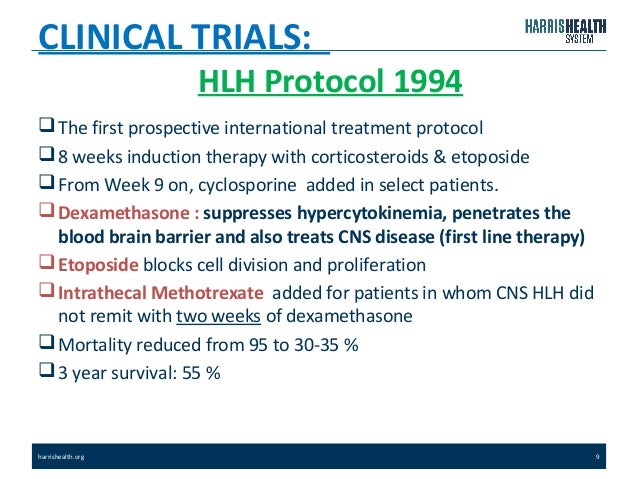
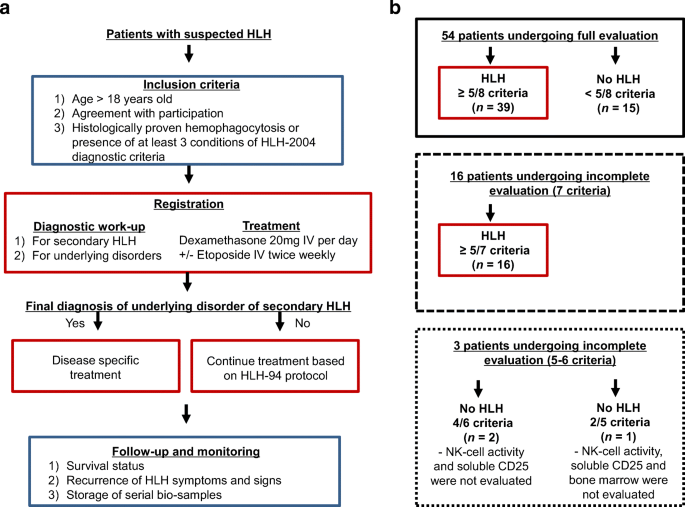
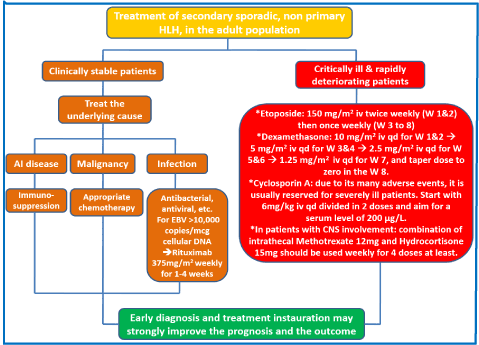
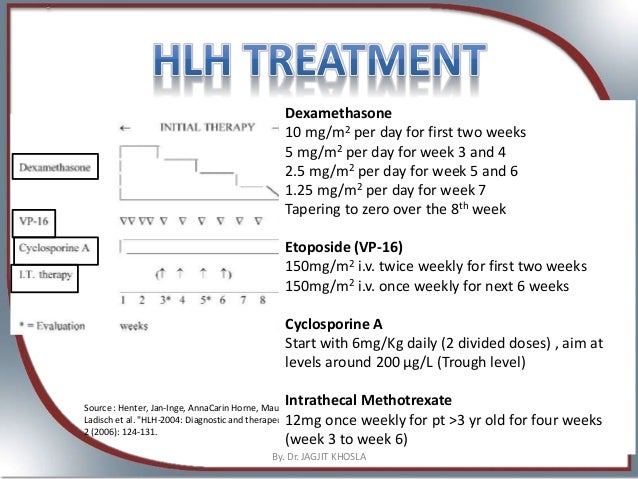
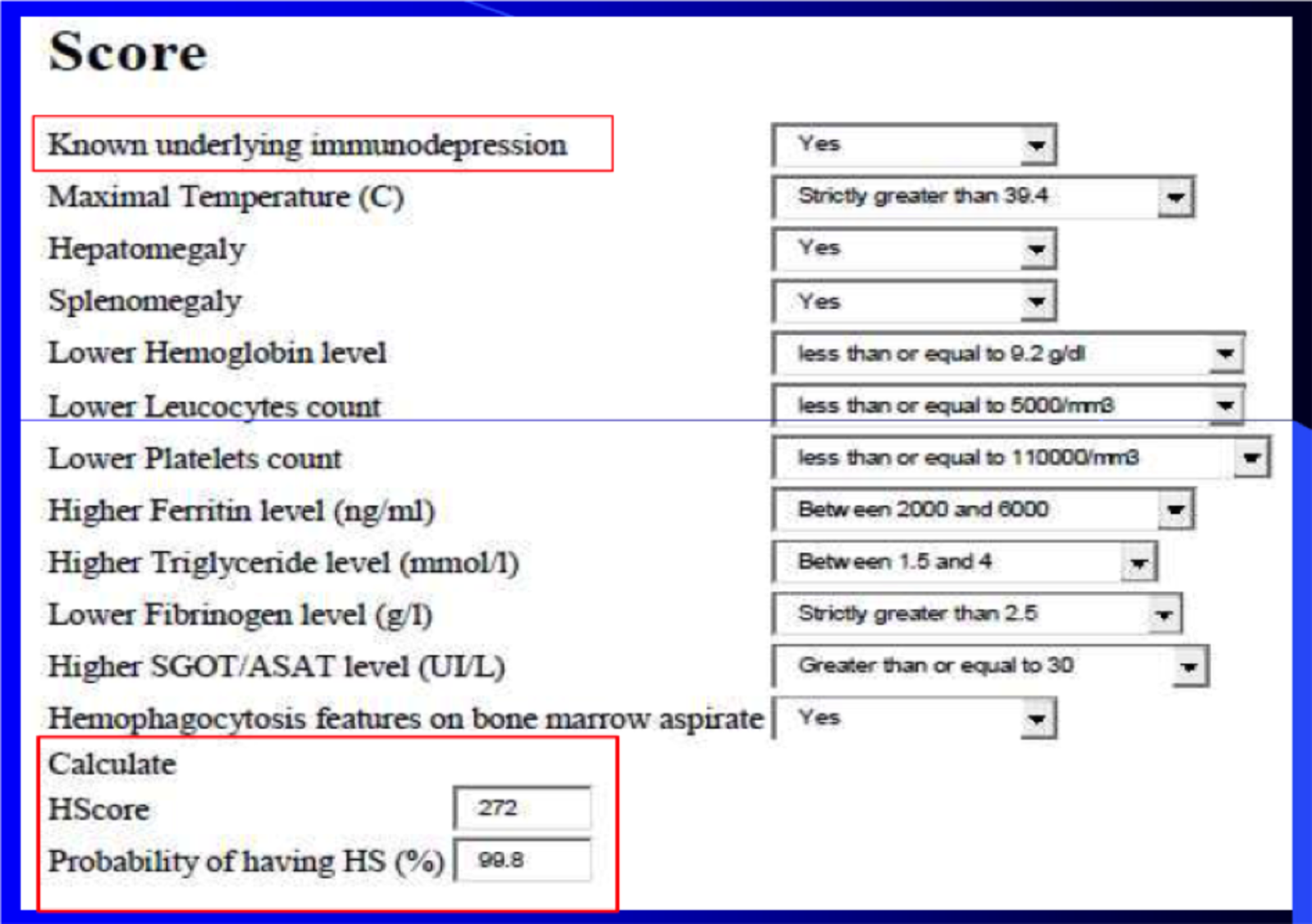
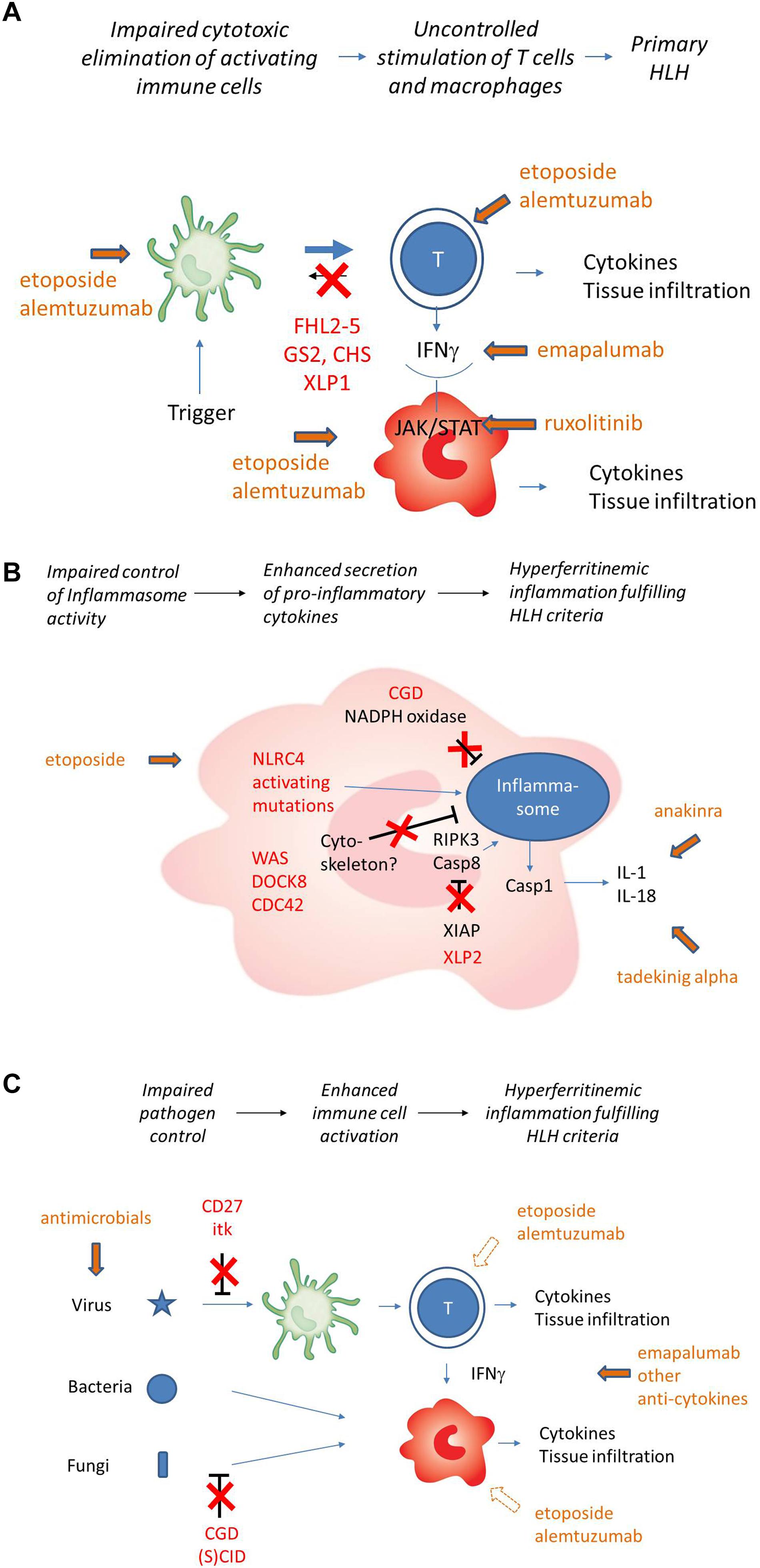
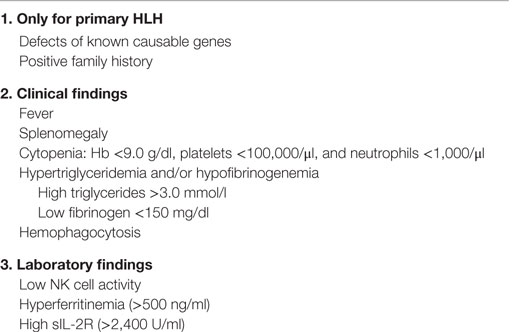
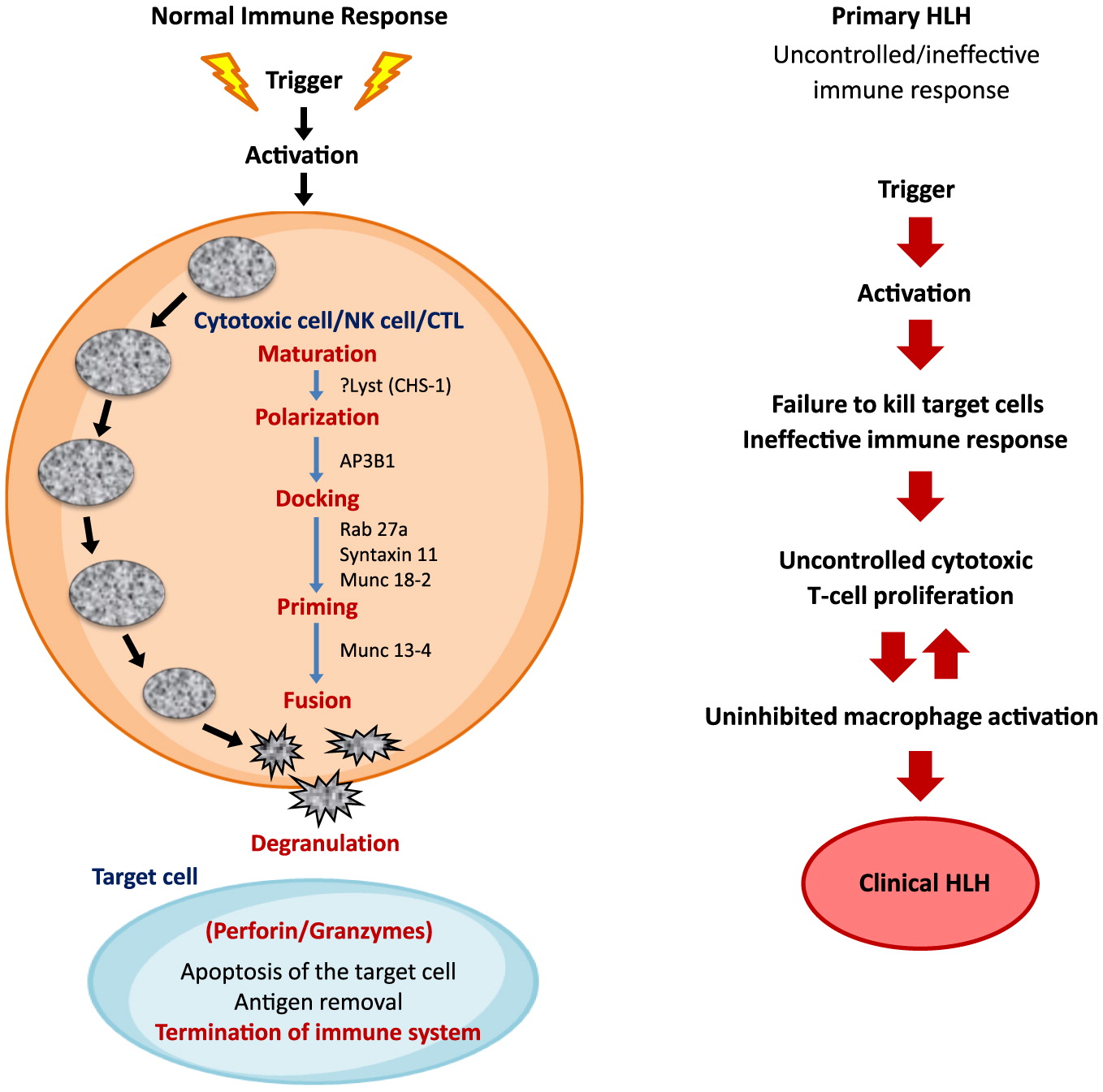

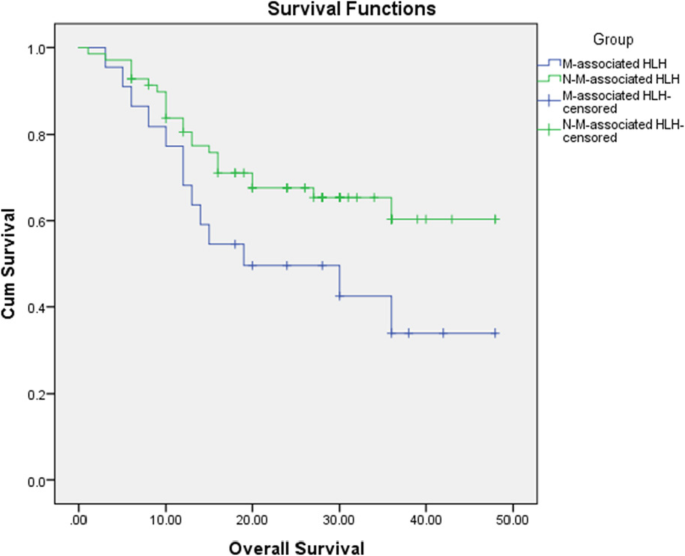
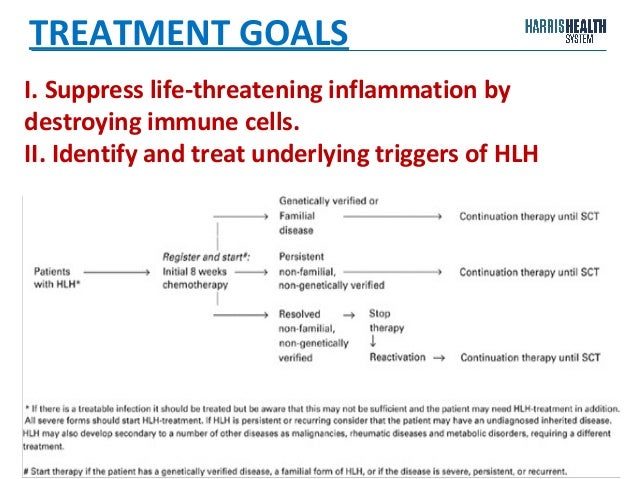



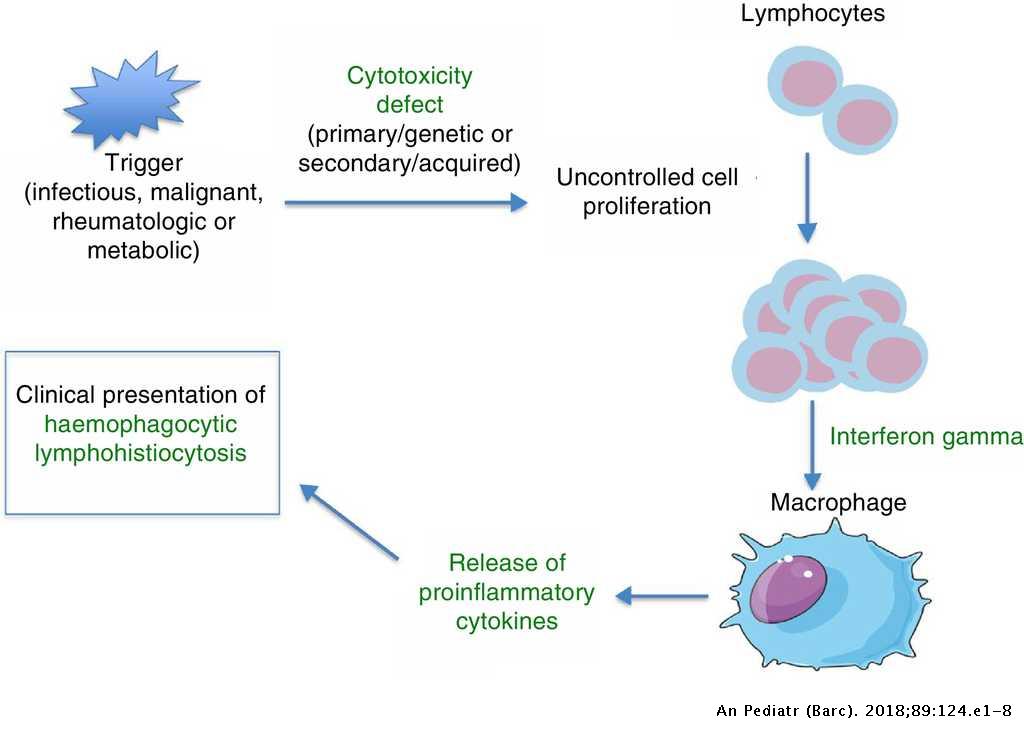
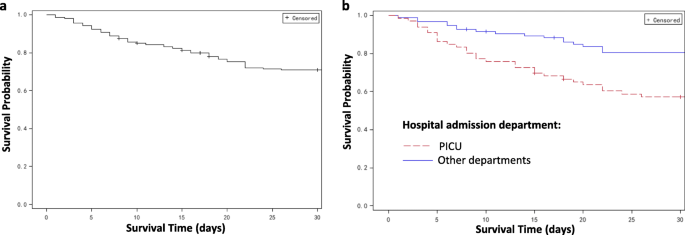

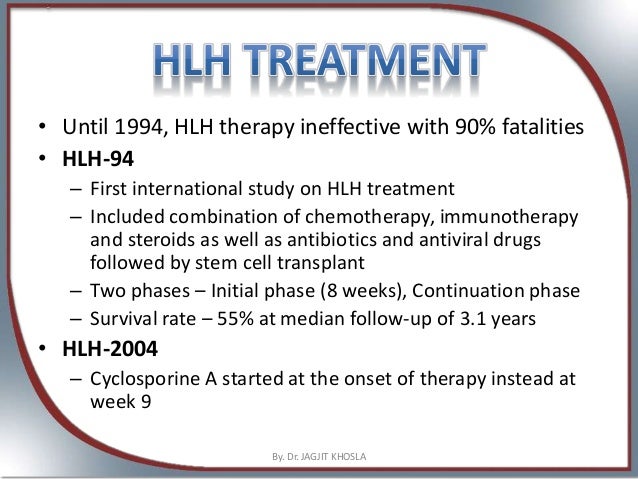




Posting Komentar untuk "Hlh Disease Survival Rate"